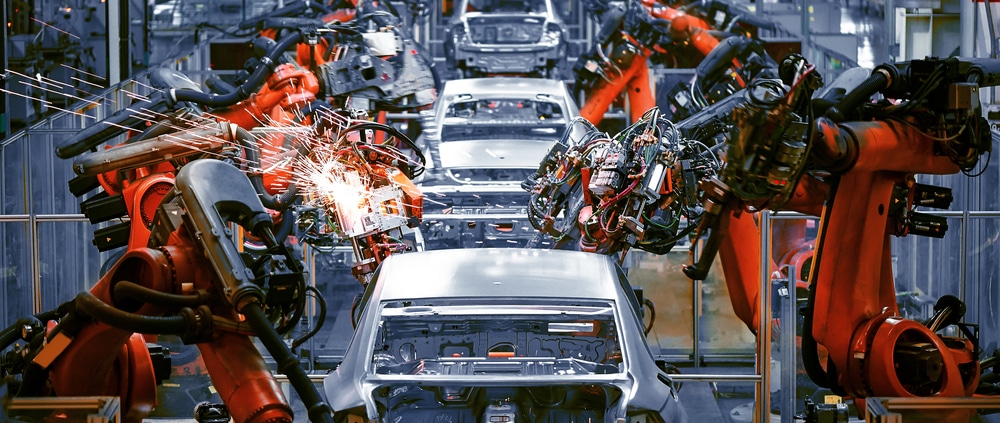You achieve two significant goals when you design resilient and smart battery energy storage systems to be the hub of the power network in an energy-intensive commercial facility.

- You are more readily able to accommodate sudden consumption peaks at extremely high discharge rates. Higher than you would get from the grid or any other source. You no longer rely on the inconsistencies of the grid or renewable sources of energy. No need to build out expensive grid infrastructure just to meet the high peaks because they only last a relatively short time.
- There is more control, more safety, more efficiency in the system, since all inflow and outflow occurs in the battery. There is no need for solar inverters, wind inverters, DC-AC-DC changes to the grid and back, no need for separate systems to control gen sets or UPS systems. One Energy Management System software controls the charge and discharge events, always making sure energy is obtained from the right source at the right time and discharged at the right time at the right rate. The battery can charge and discharge at the same time, like a water tank.
Of course batteries also store excess energy generated from renewable sources, such as solar and wind, for later use during times of low production. This helps to ensure a consistent and reliable supply of energy, even during periods of low renewable energy generation. They act as backup power sources, providing emergency power in the event of a grid failure or during high consumption peaks. This helps to ensure the continued operation of critical systems and processes in the factory. Batteries can also be used to optimize the use of diesel generators, which are typically less efficient than grid power and can be expensive to run. By using stored energy from batteries during periods of low demand, the need for diesel generator usage can be reduced, leading to lower energy costs and reduced carbon emissions.
Overall, the battery plays a crucial role as the reliable hub of an energy network by providing a flexible, efficient, and reliable source of energy to support the factory’s operations.
